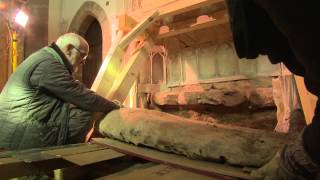The case of an ancient Egyptian woman named Tjat from Bible History Daily:
Tjat appears in the tomb of Khnumhotep II (tomb 3), a local ruler from around the middle of the Twelfth Dynasty (ca. 1900 B.C.). You may have heard about this tomb before because of its so-called scene of Asiatics (people depicted in the typical way that the ancient Egyptians used to distinguish people to the northeast of Egypt)—figures who have been variously interpreted as everything from local nomads to immigrants from the Near East to Biblical figures. However, much less attention has been paid to the woman named Tjat who appears in prominent positions in four different scenes throughout this tomb and is labeled there as a “sealer” (sometimes translated “treasurer”).

Melinda Nelson-Hurst is an Egyptologist at Tulane University whose interests lie in the social history and archaeology of ancient Egypt. She has worked most extensively on families and their influence within the state administration during the period of the Middle Kingdom. Since starting a new research project on the Egyptian Collection at Tulane University in 2012, her interests have expanded into the modern history of the field of Egyptology and of Egyptian collections. You can read more about Dr. Nelson-Hurst’s research on her blog (drmgnh.wordpress.com). Follow her on Twitter @dr_mgnh.













